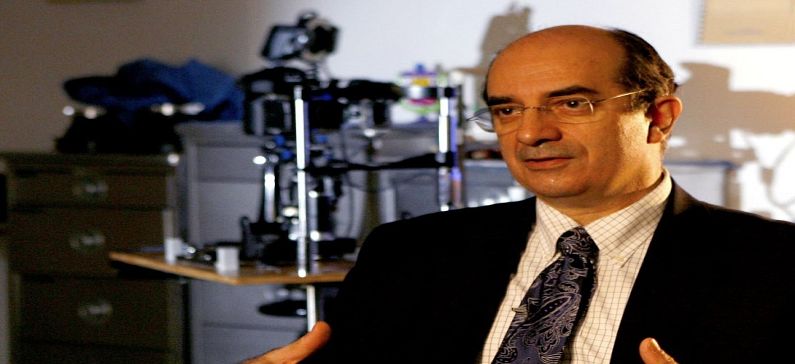
Developed the “bionic eye”
Professor Minas Coroneo is the Chairman of the Department of Ophthalmology, University of New South Wales, the Prince of Wales Hospital and the Sydney Children’s Hospital and Head of the Genetic Eye Foundation. He has had a long-term interest in the pathological effects of sunlight on the eye, focusing his work on the pathogenesis of pterygium and cataract, named as the Coroneo Effect. Among his interests are the development of new technologies and ophthalmic devices including the next generation of intraocular lenses and glaucoma shunts.
Son of proud, hard working Greek parents, Professor Coroneo is living proof that passion and education can lead to medical advances and professional fulfilment. As a young man his father immigrated to Australia from Kythera in 1920, later serving in the Australian Ambulance Corps during the Second World War. After marriage he and his wife Anna settled down to raise a family in Scone in the Hunter Valley Region.
Mr. & Mrs. Coroneo quite rightly believed education to be the most powerful force in life. Although possessed of a very basic education themselves they determined to instil a love of learning in each of their children, passing on to their son Minas an avid thirst for knowledge.
Growing up in a household with such inspired parents Minas Coroneo was given the opportunity, nay encouragement, to achieve the very best affordable education. Having witnessed first hand the wonders of engineering and believing it to be an honorable profession useful to the community, Mr. Coroneo wanted his eldest son to become an engineer. But Minas, a man who knew his own mind, even then, had other ideas and chose to study medicine instead. Sadly, his father did not live long enough to see his son graduate. He died when Minas was in second year of medical school.
From an early age Professor Coroneo was interested in science, fascinated with light, lenses, optics, ultimately…a natural progression… developing lifelong curiosity about sight and the human eye. He remembers the local doctor in Scone as his inspiration, the one person in town whom he saw as capable of making a difference between life and death.
However, one outstanding mentor was a clever scientist named Professor John Young, Dean of Medicine at the University of Sydney. After his graduation young Dr. Coroneo, driven by a passionate pursuit of knowledge, undertook post graduate studies in Germany under a noted scientist who happened to be an ophthalmologist., Professor Michael Wiederholt. Three years later, in 1982, Minas Coroneo returned to Australia to take up a position at the Prince of Wales Hospital.
When he speaks about the latest breakthrough in the field of ophthalmology, development of a bionic eye, with which he became involved in 1998, the Professor chooses his words carefully reminding his listeners that he and his dedicated team of researchers are not offering a miracle cure for blindness, rather, they hope to revolutionise the treatment for some forms of this disability. To date all that has been achieved is an important step forward. Recent human trials carried out at the Prince of Wales Hospital have been successful, and ophthalmologists around the world now sit up and pay attention to the findings. He is also famous for developing a surgical technique which facilitates the surgical treatment of catataract, named the VisionBlue.
Coroneo is also an inventor, and possesses more than 30 panents. He has published more than 200 scientific articles in journals. He has participated as a translator in the edition: “Feast Your Eyes: The Eye Health Cookbook” (2010). In 2012 he was awarded with the Golden Cross of St. Andrews, by the Greek Orthodox Church, as a recognition to his very important work for the society.

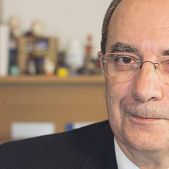
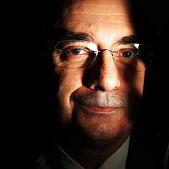
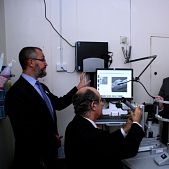

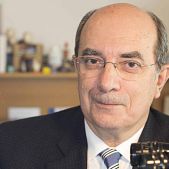
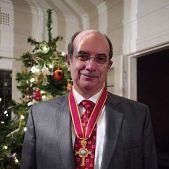
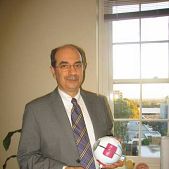
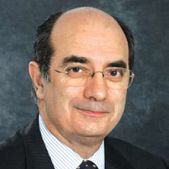







E Tsiliopoulos
-07/03/2016 4:09 pm
Congratulations!